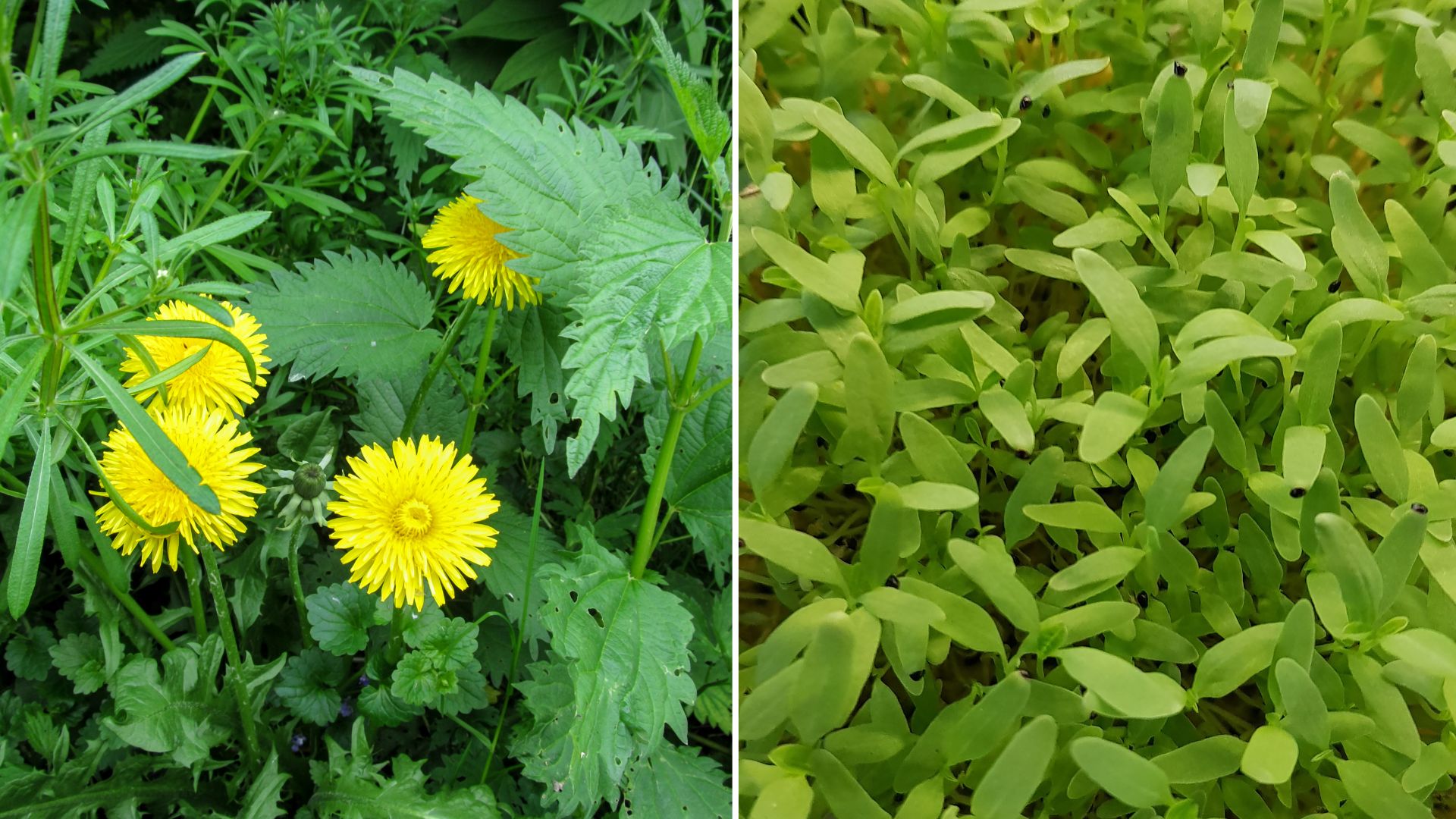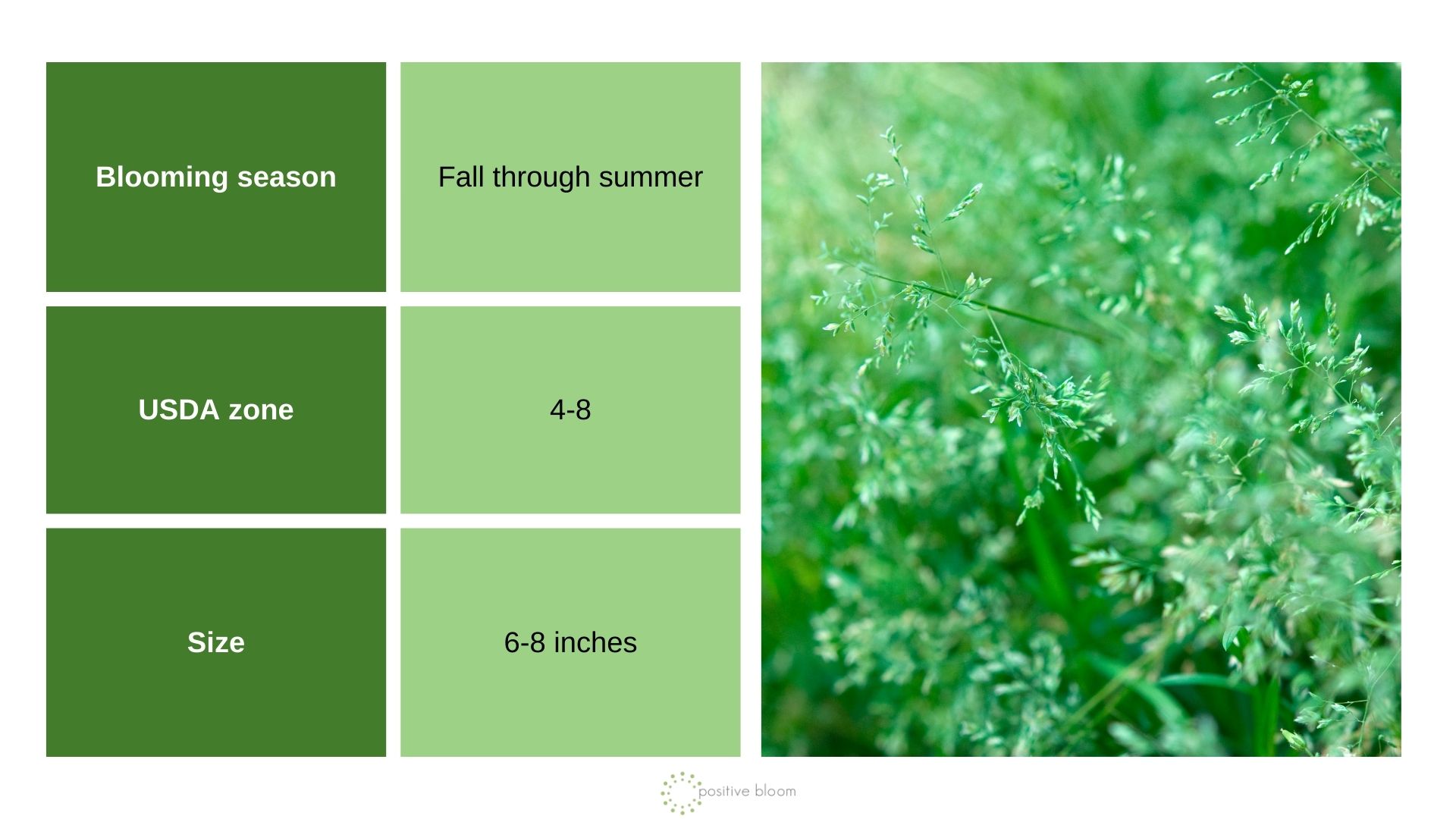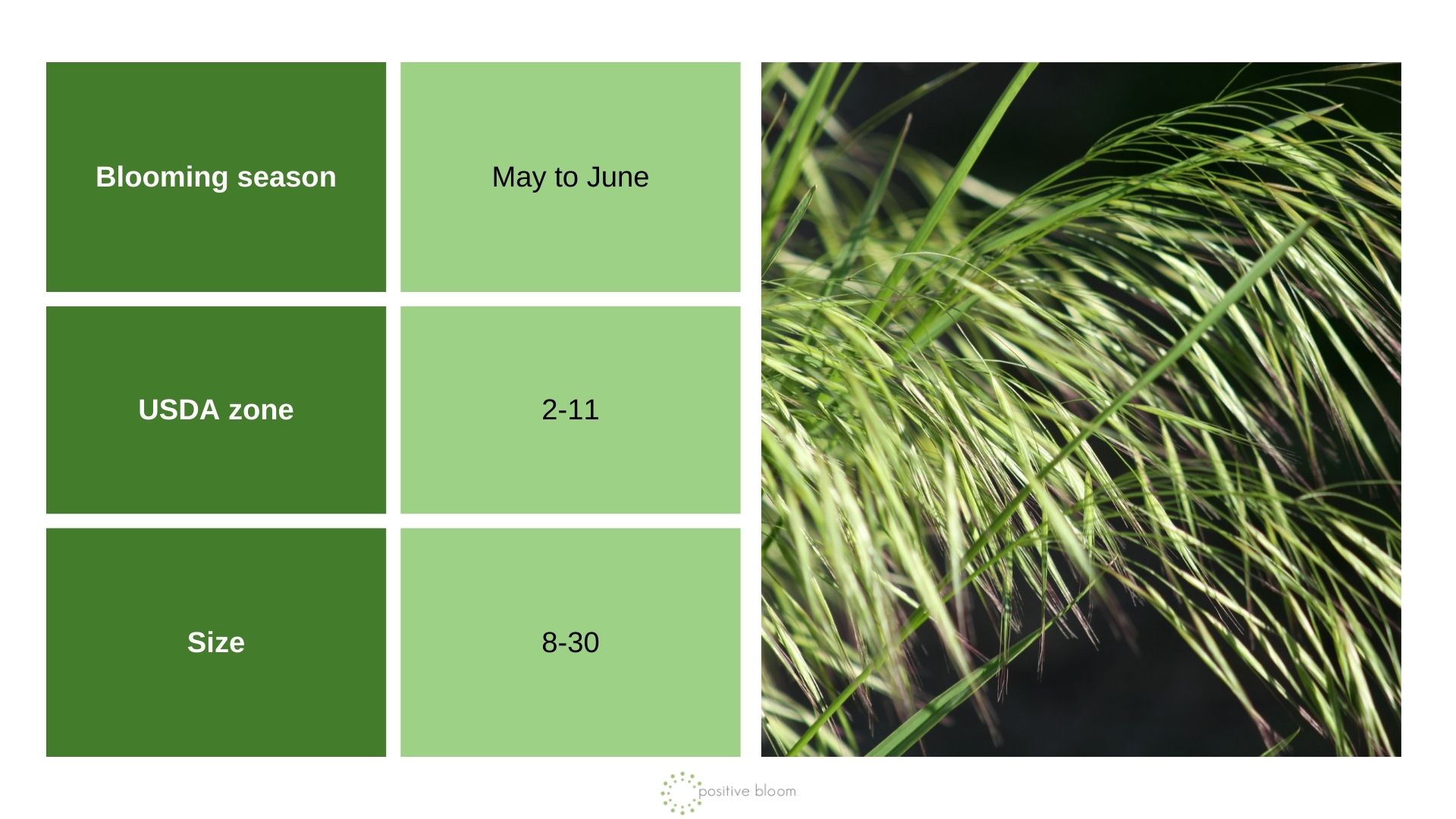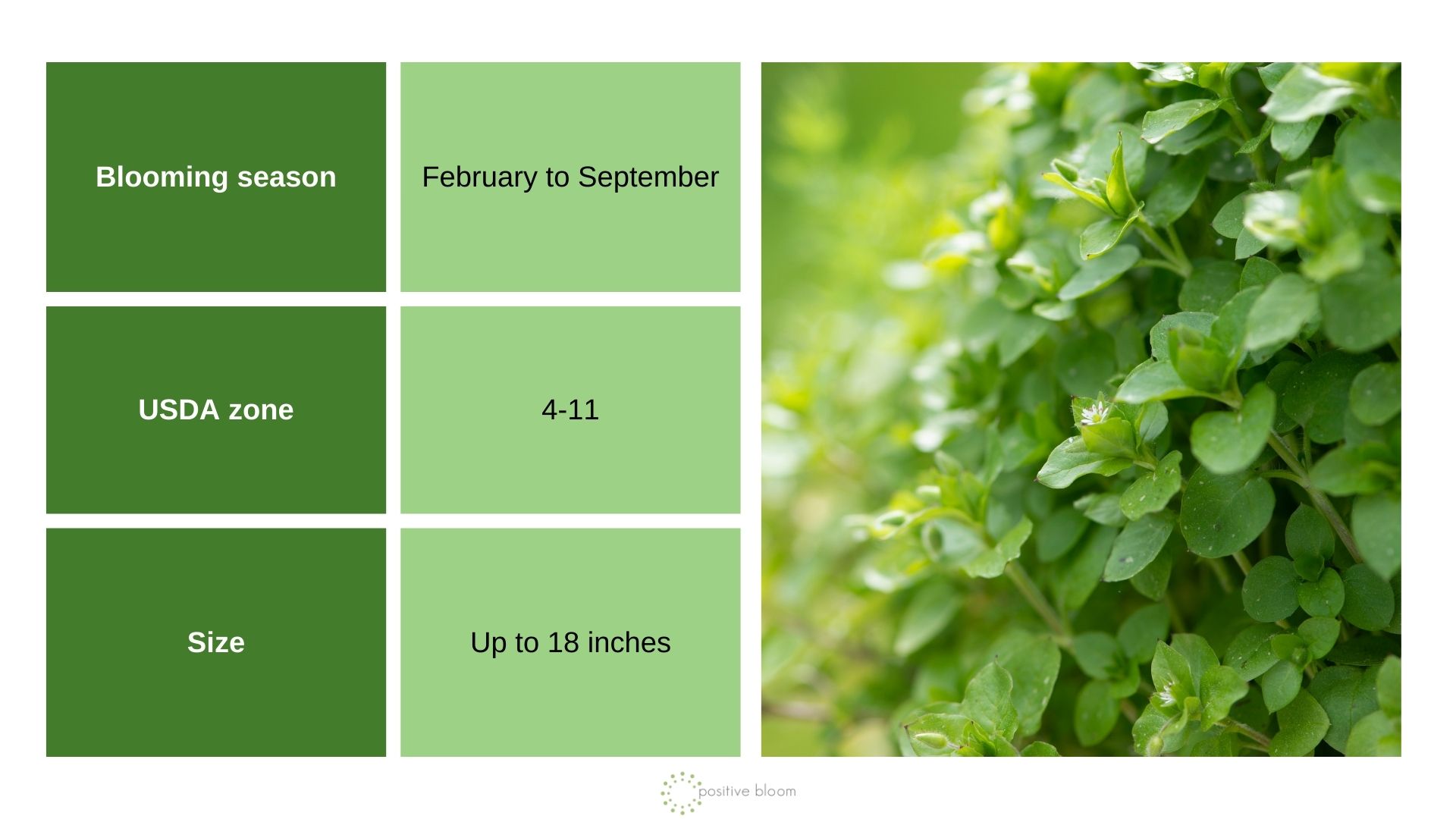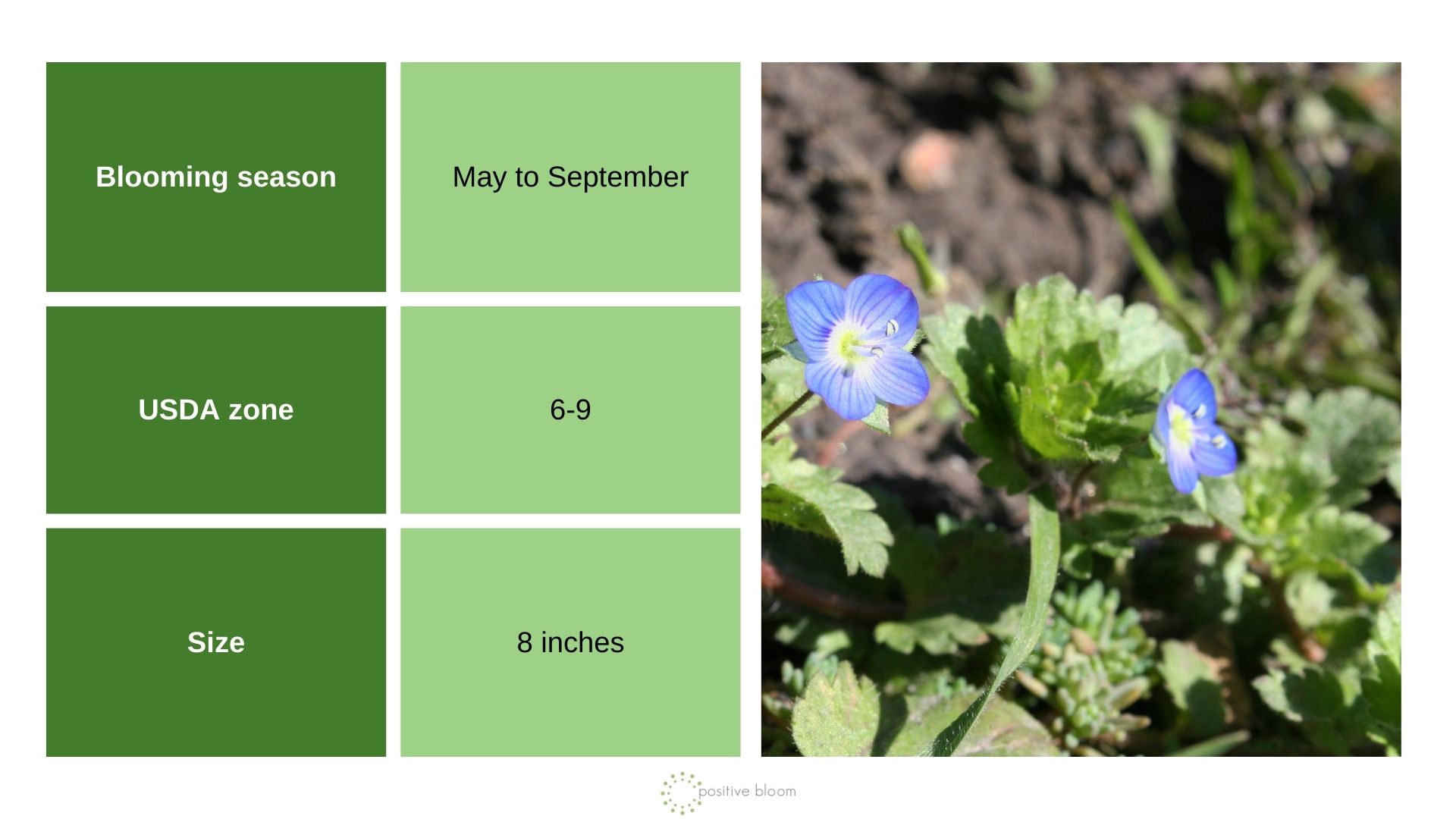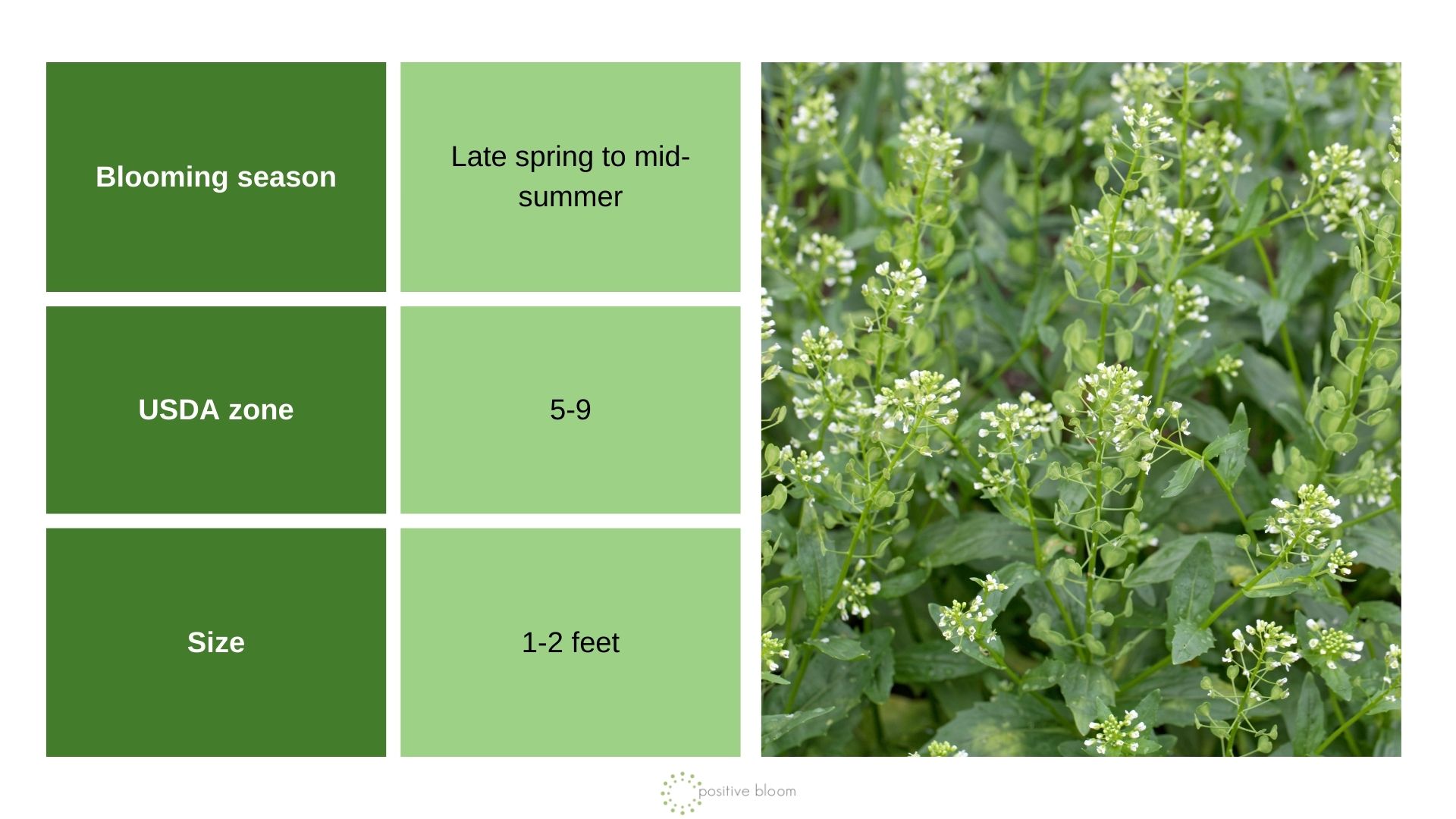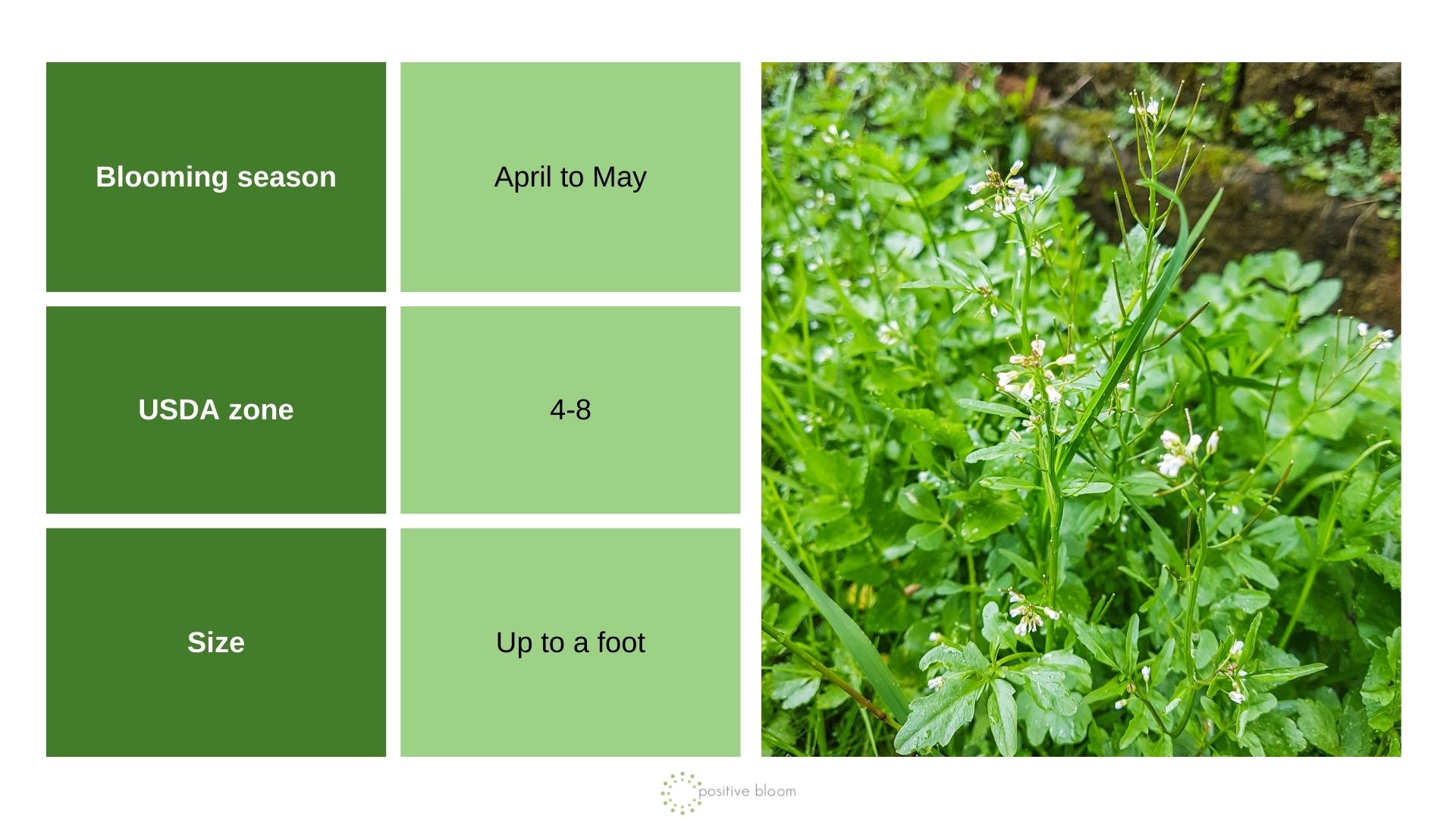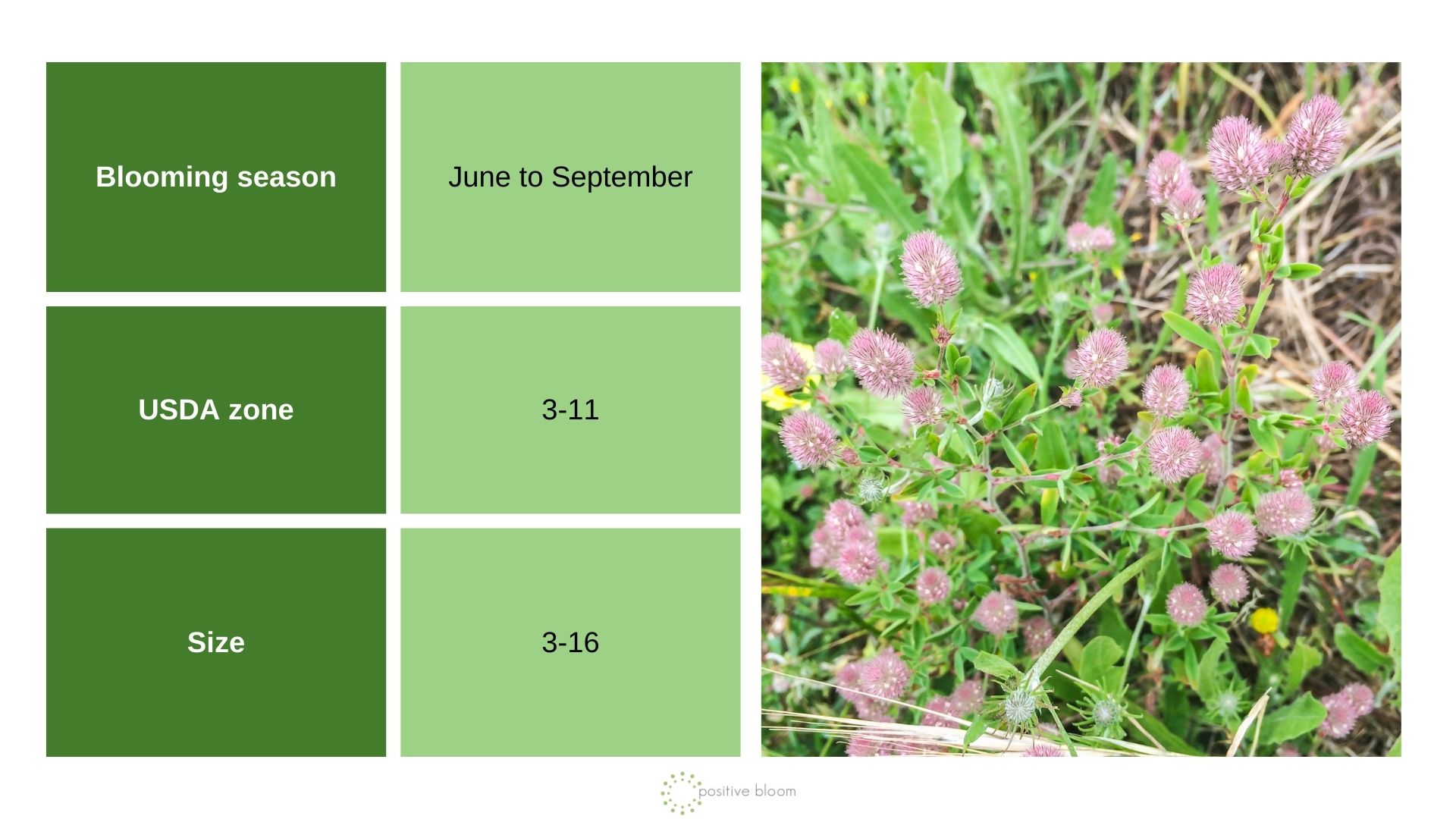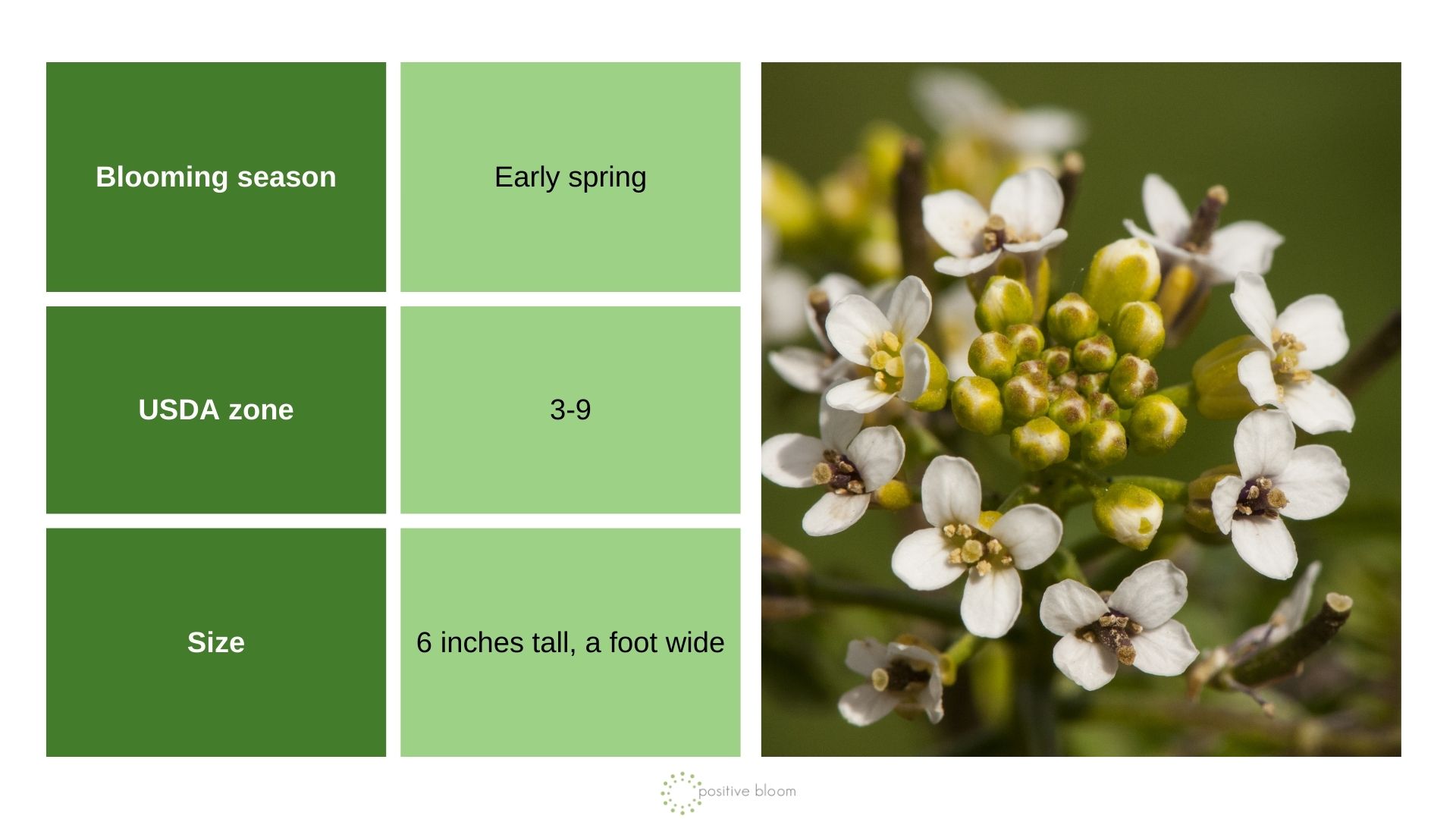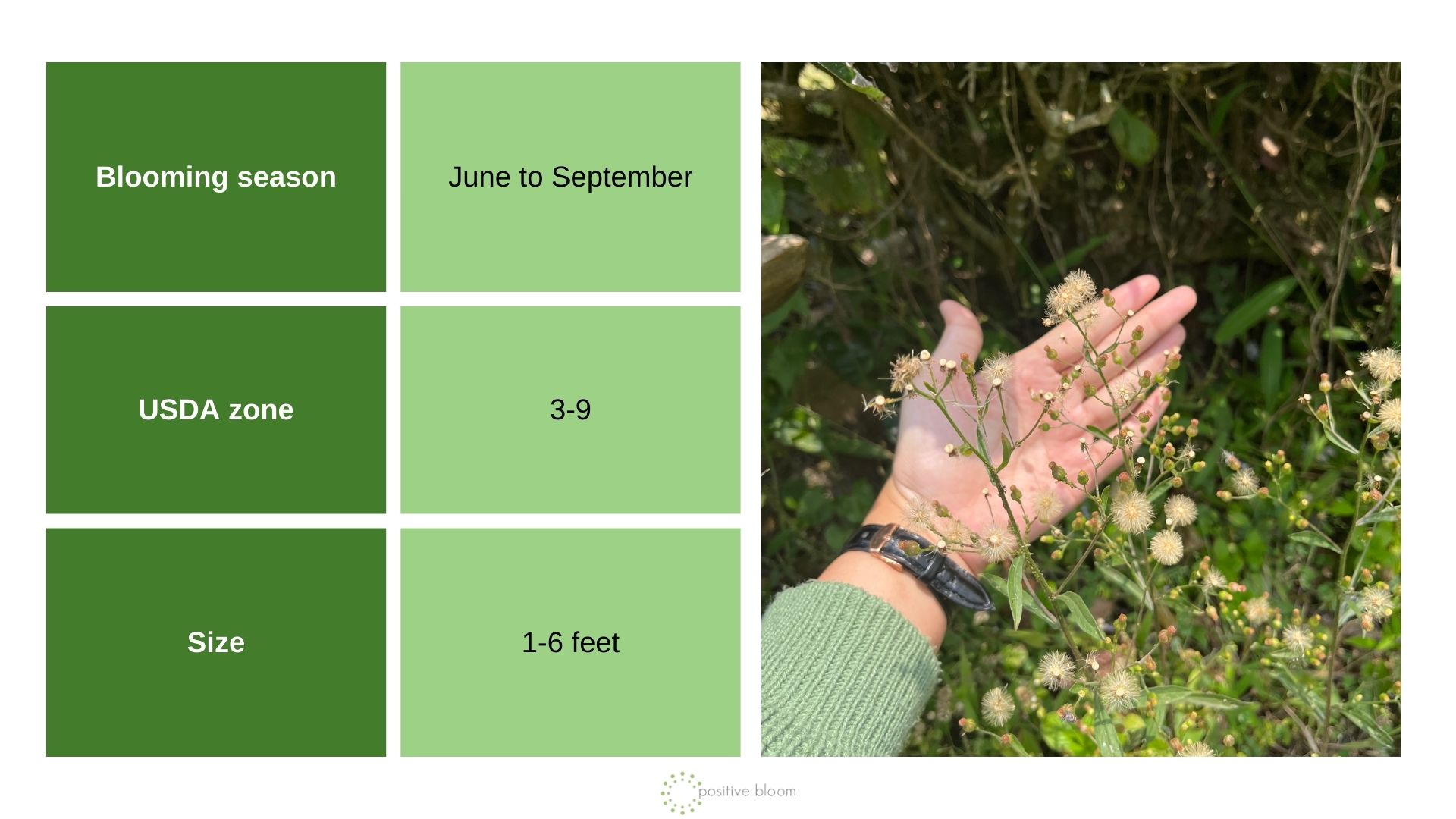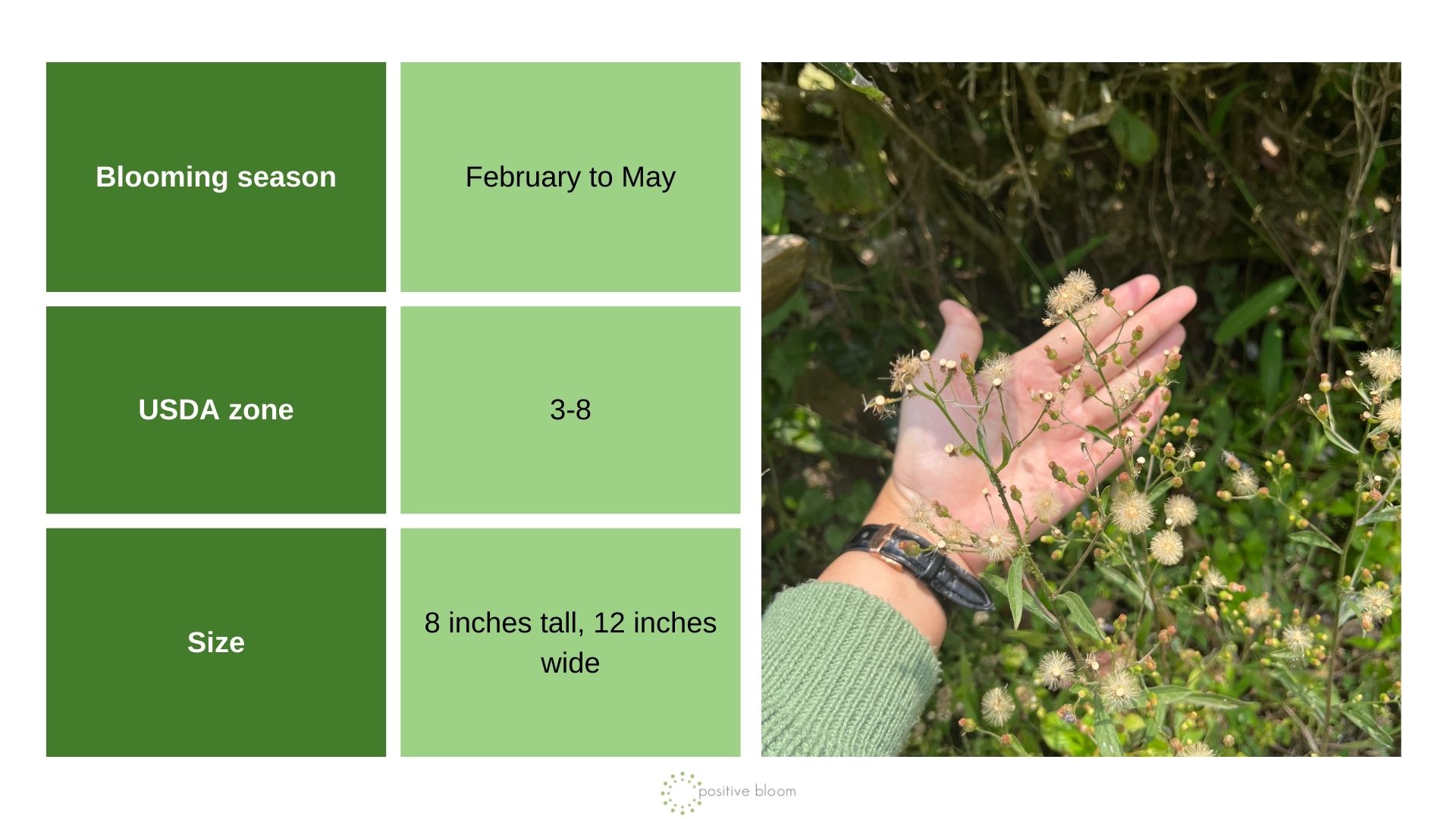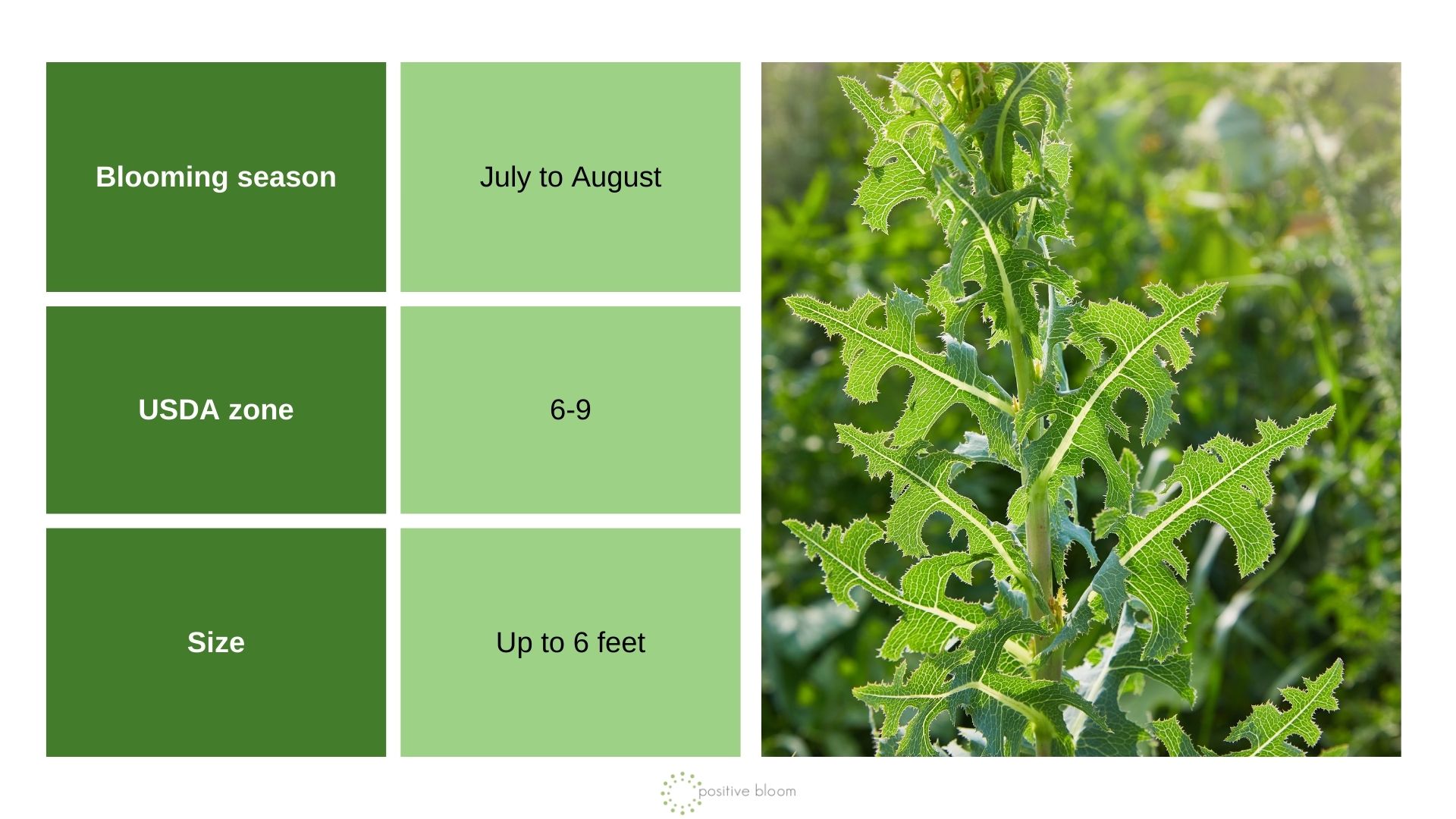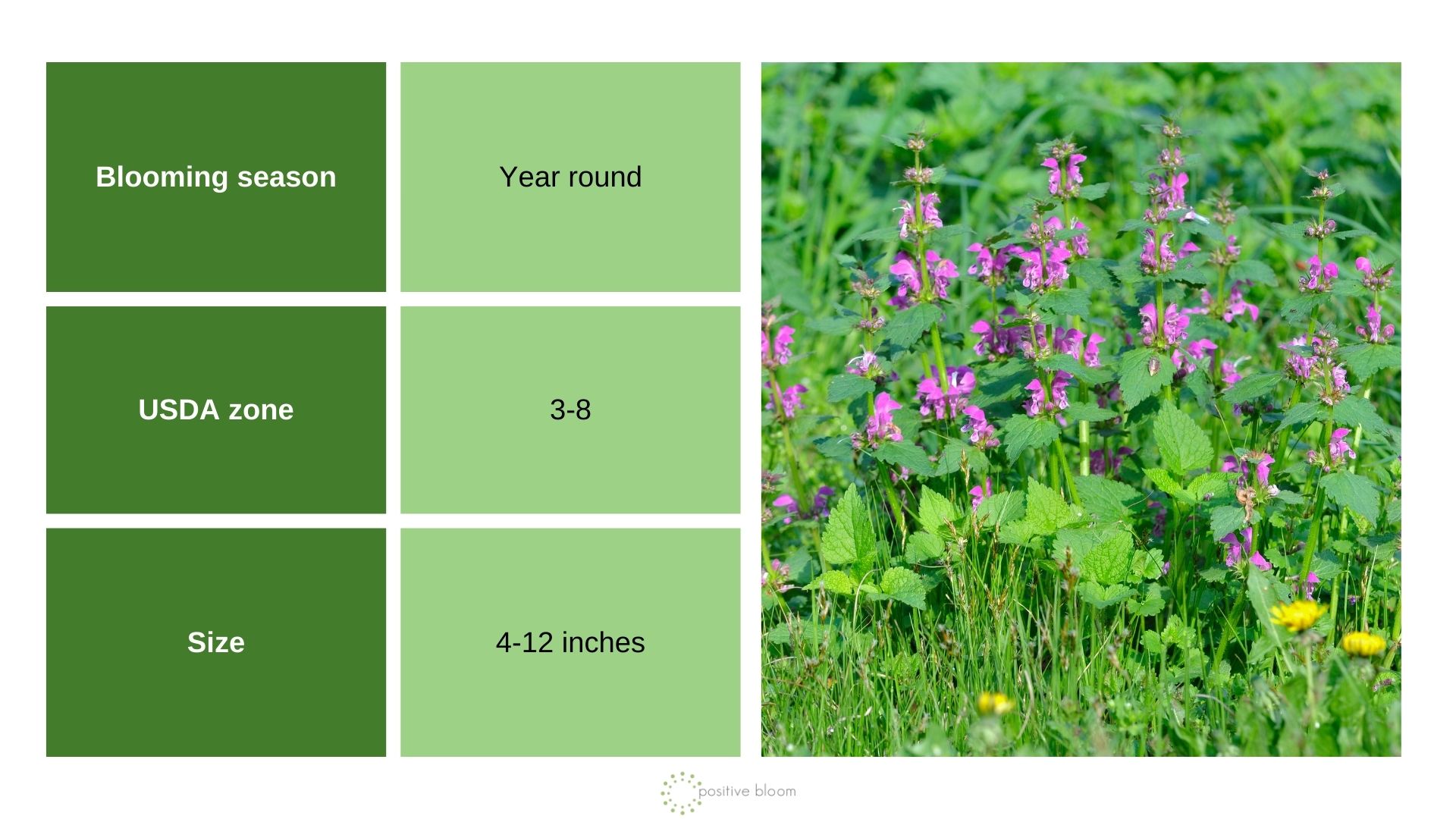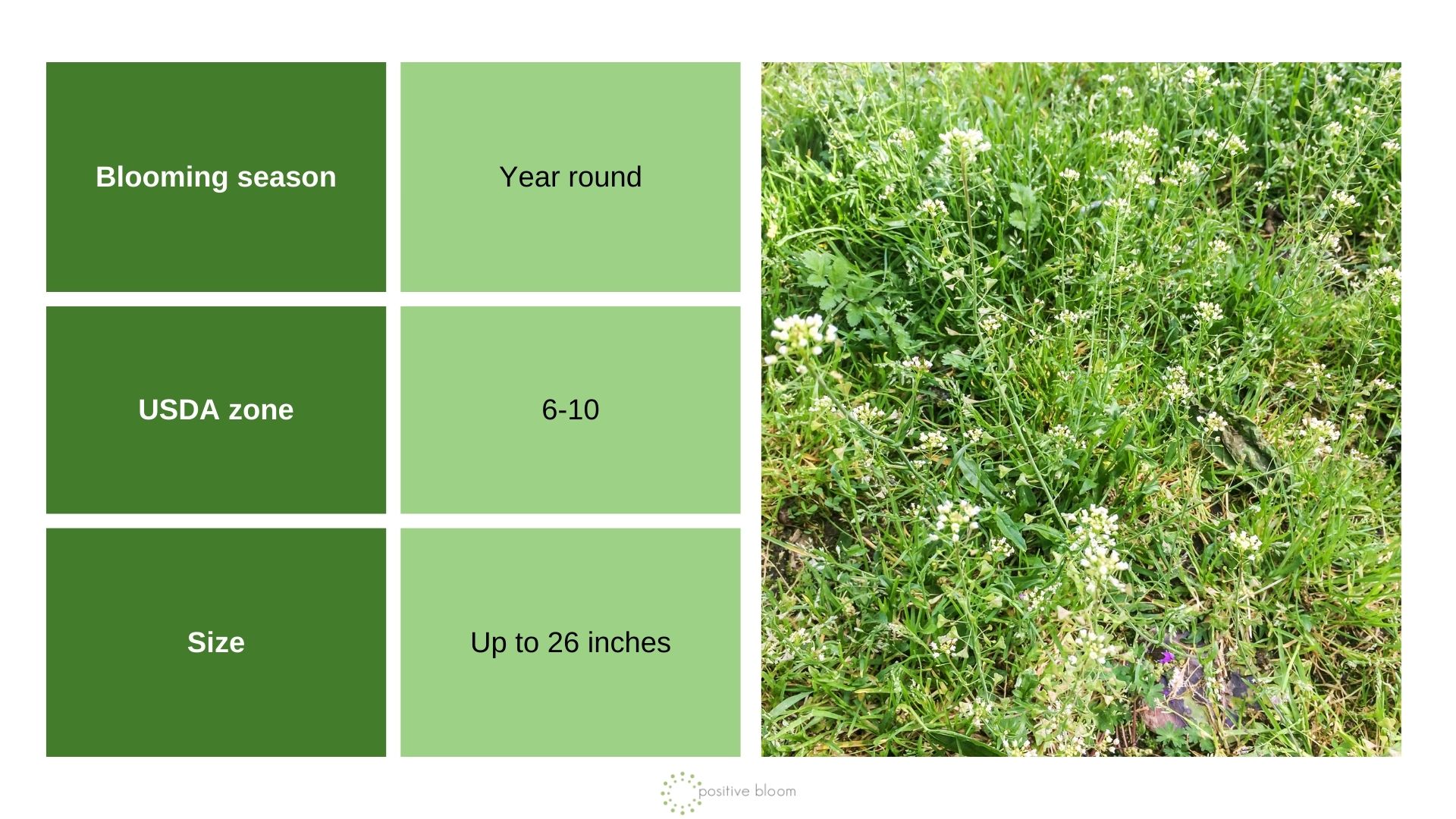We often associate winter with plants dying and fading away, but some are just getting started. And it’s usually the weeds!
Many varieties that flower in spring, such as annual bluegrass, corn speedwell, and dandelions, start their growing process in winter and can easily pass by unnoticed until it’s too late.
They can wreak havoc on your lawn during the winter months because they are invasive and highly competitive, choking out your lawn grasses in the process.
Of course, some don’t cause that much harm, but it’s always best to get rid of these weeds as soon as you notice them or it may be too late come spring.
Here are 15 common weeds that can decimate your lawn in winter and some tips for getting rid of them.
Let’s get started!
#1 Annual Bluegrass
Annual bluegrass is one of the most prevalent lawn weeds out there. It can cause weak sod and poor footing as well as taint the overall lawn appearance.
It competes with lawns and is most obvious in grasses we mow closely, such as Bermuda and bentgrass. That’s why finding the best weed killer for Bermuda grass can save your lawn if you act quickly.
The key is to remove it before the seed heads appear and clean your landscaping equipment to stop the spread of seeds. This plant produces the majority of its flowers in spring, but the production lasts from fall all the way to summer.
You should also make sure to promote healthy lawn growth so that it can outcompete annual bluegrass and choke it instead. (1)
#2 Catchweed Bedstraw
This weed is a particularly nasty one. It can reduce the yield of cereals by 30-60%, get entangled with harvests, from which it is difficult to remove, and attract nematodes, disease-carrying pests, and other insects.
Catchweed bedstraw can also hurt cattle and reduce the quality of their fur and wool.
In homesteads and landscapes, bedstraw easily outcompetes lawn grasses and can cause physical damage to smaller plants. (2)
Luckily, you can control it by using herbicides containing glyphosate, quinclorac, etc., or by removing it by hand before it flowers.
#3 Cheatgrass
This weed creates short tufts and you can find it all over the US. However, it is most invasive in regions that get 12-22 inches of rain per year.
Cheatgrass is quite harmful to ecosystems because it changes the conditions, making them inhabitable to native plants. Its sharp spikes can injure grazing animals and stick to clothes, resulting in more spread.
And the worst part is that its seeds can remain viable for 2-5 years.
If you notice it on your lawn, make sure to act quickly and remove it before it goes to seed or use herbicides containing glyphosate, imazapir, atrazine, etc. (3)
The good news is that rabbits and mice will feed on it, so they can help you keep the infestation in check.
#4 Common Chickweed
The terrible thing about chickweed is that it gets worse the more shade it gets. In the sun, it only grows up to 6 inches, while the number triples if it’s in shade!
Aside from its ability to choke out your lawn grass, common chickweed can harbor disease-carrying pests and viruses, causing even more issues to your lawn and garden.
Unfortunately, you’ll have to stick to weed killers containing 2,4-D, dicamba, or triclopyr because pulling it out by hand or using weeding tools would create even more damage to your lawn.
On the other hand, if you keep your lawn healthy, water and fertilize it regularly, and mow it when needed, you have a high chance of your grasses outcompeting this weed.
#5 Corn Speedwell
The tiny flowers of corn speedwell may seem attractive, but you can find this species on the list of weeds with blue flowers.
It thrives in sunny spots and poor soils, but will tolerate shade, moisture, and drought, invading lawns where grasses are somewhat thin.
Corn speedwell can quickly spread and choke out your lawn, so you will need to act fast if you want to control it.
If you’ve already noticed weeds growing on your lawn, use herbicides with 2,4-D, dicamba, or triclopyr as their active ingredient.
And if you can’t see any weed growth, but you know that the seeds are there, you can use pre-emergent weed killers with dithiopyr, prodiamine, and quinclorac. (5)
#6 Dandelion
It might be strange to find such a nice flower on the list of weeds that wreak havoc on lawns during winter, but it’s true!
Dandelions aren’t native to the US and will quickly spread and overcome native plants in the area. In fact, natives are top lawn plants for homeowners to support biodiversity, so make sure to encourage their growth.
These yellow weeds won’t attract nearly as many pollinators, can outgrow and thin your lawn, and also taint its appearance with their serrated foliage.
Removing dandelions by hand doesn’t yield great results unless you do it constantly and make sure the plant doesn’t flower and go to seed.
Dicamba, triclopyr, 2,4-D, and glyphosate are all successful in controlling this weed, but know that glyphosate can damage your lawn too, so you will have to overseed it to cover the bear patches. (6)
#7 Field Pennycress
Field pennycress is a nasty weed because a single plant can produce 1,000-15,000+ seeds per year, spreading like crazy and choking out your lawn.
The worst part is that its seeds are poisonous and can contaminate the milk and meat of cows that graze on it and also create issues for other animals as well. (7)
It grows quickly and first creates tufts of foliage before flowering. You can try pulling it out before it flowers or applying weed killers with glyphosate, dicamba, triclopyr, or 2,4-D as active ingredients.
#8 Hairy Bittercress
Few weeds can seed as prolifically as hairy bittercress. It germinates in fall, overwinters easily, and spreads all over your lawn in spring when it flowers and produces more seeds.
It can overcome your grasses in an instant, choke them out, and taint the traditional appearance of your lawn.
The good news is that you can pull it out by hand while it’s still young, apply pre-emergence herbicides in August and September, or use post-emergence weed killers on actively growing plants. (8)
Dicamba, 2,4-D, and triclopyr are classic active ingredients that will successfully treat hairy bittercress during its growing season.
#9 Hare’s Foot Clover
There are many clover varieties that act as great no-mow lawn alternatives, but some species are highly invasive or taint the appearance of your lawn (if that’s the look you’re going for).
Hare’s foot clover is one of them. It is frequently found in sandy soils, orchards, and vineyards, but it can infest less-fertile lawns as well.
It germinates quickly, spreads like crazy, and will overcome your grasses if you let it.
Since it is attracted to infertile soils, your best bet is to maintain a healthy lawn by watering, fertilizing, and mowing it regularly. This will allow your grasses to outgrow hare’s foot clover.
And when you notice this weed growing on your lawn, make sure to pull it out as soon as you see it to prevent further spread. (Do it before it goes to seed for the best results.)
You can also try mulching it, although this can damage your lawn as well. In this case, I’d go with pre- or post-emergent weed killers. (9)
#10 Henbit
What many gardeners hate about henbit is that it can self-pollinate and easily spread on lawns or disturbed spots in your flower beds and vegetable plots.
The best way to keep your lawn’s good looks and health is to deal with henbit as soon as it appears and before it goes to seed.
You can apply pre-emergent herbicides in fall before the seeds germinate or use post-emergent ones containing 2,4-D or dicamba in spring while the plant is still young. (10)
#11 Horseweed
Dandelions and horseweed are weeds that drastically change their appearance during different growth stages (flowering and seeding in particular).
And both of them can spread their seeds all over your lawn and become quite a nuisance if you’re not careful.
Horseweed is common in disturbed areas and can compete with your grasses for water and space due to its extensive root system, quickly choking them out.
It can harbor various pests, including sharpshooters, leafhoppers, and tarnished plant bugs, which can decimate your crops.
Since horseweed roots are quite deep, it is difficult to remove by hand while mature. That’s why you should deal with it while it’s still young.
In addition to uprooting, I’d suggest chemical control as well. This weed is resistant to glyphosate in many states, but if you mix it with saflufenacil, you can create a herbicide highly effective against horseweed. (11)
You can also apply pre-emergent herbicides to control this sneaky weed, but make sure there’s no plant debris in the soil.
P.S. These herbicides can damage your lawn, so be prepared for overseeding after their application.
#12 Persian Speedwell
Also known as winter speedwell, this plant produces cute little blue flowers, but they come at a cost.
It can rapidly spread all over your lawn, but the good news is that you can control it a lot easier than its vicious relative – corn speedwell.
The best treatment is establishing a healthy and thick lawn. This means choosing a dense variety and regularly feeding, mowing, and watering it.
And if you don’t want to use chemicals, know that you can make weed killers with a few simple ingredients.
Shade and moist soils encourage its growth, but the plant will die when temperatures start to rise in late spring and summer. This is the time to use pre-emergent herbicides in order to prevent the Persian speedwell from coming back.
#13 Prickly Lettuce
Prickly lettuce emerges in fall and overwinters in the form of rosettes. It continues its growth in spring, when it blossoms and produces seeds for spreading.
The terrible truth is that a single plant can produce 700-46,000 seeds in its lifetime and wreak havoc on your lawn in winter as well as the rest of the year.
It competes for water with all its neighbors, can reduce cereal yield, and also be toxic to cattle in its younger stages.
The safest prevention is tilling, but since that’s not an option for lawns, we have to turn to chemical control; specifically, non-selective weed killers containing glyphosate, paraquat, etc. (13)
These active ingredients can damage your lawn as well, so make sure to use them only on infested areas and overseed afterwards to cover the bare patches.
#14 Purple Deadnettle
The deadnettle is a particularly interesting and sneaky weed. It has culinary and medicinal properties, but is highly invasive and not welcome on our lawns.
It is similar to henbit and the two often grow alongside each other.
The problem with deadnettle is that it can quickly cover your lawn in spring when it’s growing actively. It will choke out your lawn grasses, taking all the nutrients and moisture from the soil for itself.
The key to avoiding this weed on your lawn is to simply care for your grasses well and keep them healthy. That includes mowing, fertilizing, and watering them frequently and appropriately.
If this doesn’t help, you can always turn to pre- and post-emergent herbicides, but know that some of them can damage your lawn, so have a bag of your favorite lawn grass seeds at hand.
#15 Shepherd’s Purse
The thing about shepherd’s purse is that it has benefits and drawbacks. It will attract bees and butterflies to your garden and act as a great food source for wildlife, while choking your lawn at the same time.
(Some growers even add it to spice up their salad greens.)
However, it is self-fertile and can quickly spread all over your lawn.
The best treatment for this weed is maintaining a healthy and vigorous lawn by feeding, watering, and mowing it regularly.
If this doesn’t help, there are other ways to get rid of weeds from your lawn, such as using pre-emergent herbicides once the plant dies back (this happens after it finishes flowering).
You can also remove it by hand while it’s still young and hasn’t produced any seeds.
References:
1. LeStrange, M. et. al. (2012). Annual Bluegrass. UC IPM: Pests in Gardens and Landscapes.
2. Lanini, W. T. & Hanson, B. (2010). Catchweed Bedstraw. UC IPMS: Pests in Gardens and Landscapes.
3. Cheatgrass: Bromus tectorum (n.d.). Iowa Department of Natural Resources.
4. Common Chickweed (2023). UMD Extension.
5. Landschoot, P., Delvalle, T, & Abbey, T. (2022). Lawn and Turfgrass Weeds: Corn Speedwell. PennState Extension.
6. Roncoroni, J. A. (2018). Dandelion. UC IPM: Pests in Gardens and Landscapes.
7. Mahr, S. (n.d.). Field Pennycress, Thlaspi arvense. UW-Madison, Wisconsin Horticulture Division of Extension.
8. Lowenstein, D. (2020). Hairy Bittercress: A Weed to Watch out for. MSU Extension: Gardening in Michigan.
9. Smith, R., Cudney, D. W., & Elmore, C. L. (2007). Clovers. UC IPM: Pests in Gardens and Landscapes.
10. Klingaman, G. (2001). Plant of the Week: Henbit. UA Division of Agriculture: Cooperative Extension Service.
11. Timilsina, N., Toussaint, S., McAvoy, C., & Kanissery, R. (2022). Biology and Management of Horseweed (Conyza canadensis) in Citrus Groves. UF IFAS Extension.
12. Yelverton, F. (2017). Persian Speedwell. NCSU Extension.
13. Prickly Lettuce (2022). Ontario.

